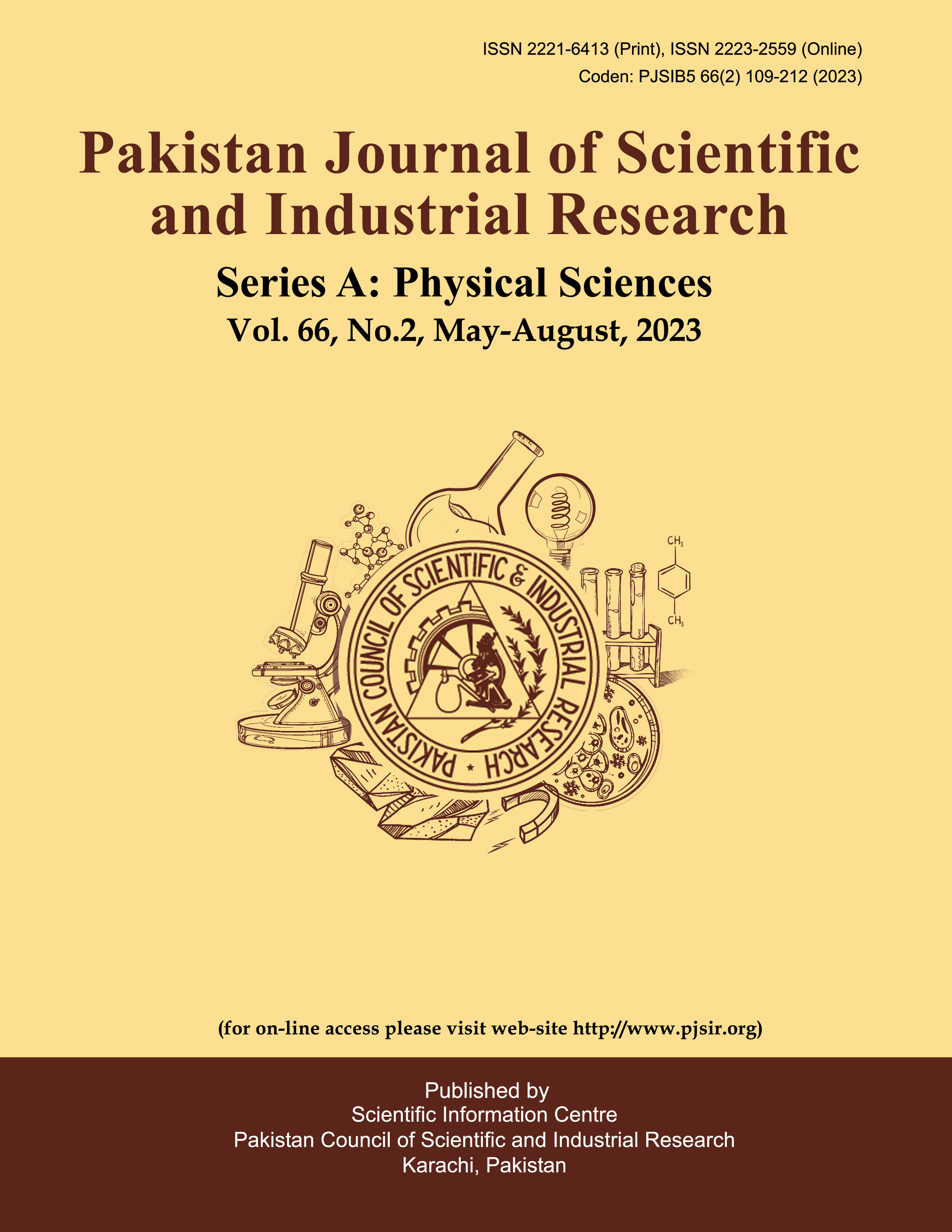Heat Transfer Optimization in Car Radiator Using Nanofluid
Car Radiator Using Nanofluid
Abstract
This research focused on applying water and ethylene glycol based alumina nanofluid for heat transfer enhancement in the car radiator. Firstly, simulated the water to validate the model. Then moved on to the nanofluids simulation and worked on different nanoparticle concentrations 1, 1.5, 2.5, 3.5 and 4%. All concentrations showed heat transfer enhancement compared with the pure base fluid. The Reynolds number of the water and the water based nanofluids ranges from (10000-30000 Re) and the Reynolds number for the ethylene glycol and the ethylene glycol based nanofluids ranges from (1000-3000 Re). A higher Reynolds number resulted in more significant heat transfer. The Nusselt number has a direct relation with the concentration. As the concentration of the nanofluid increases, the Nusselt number also increases.


